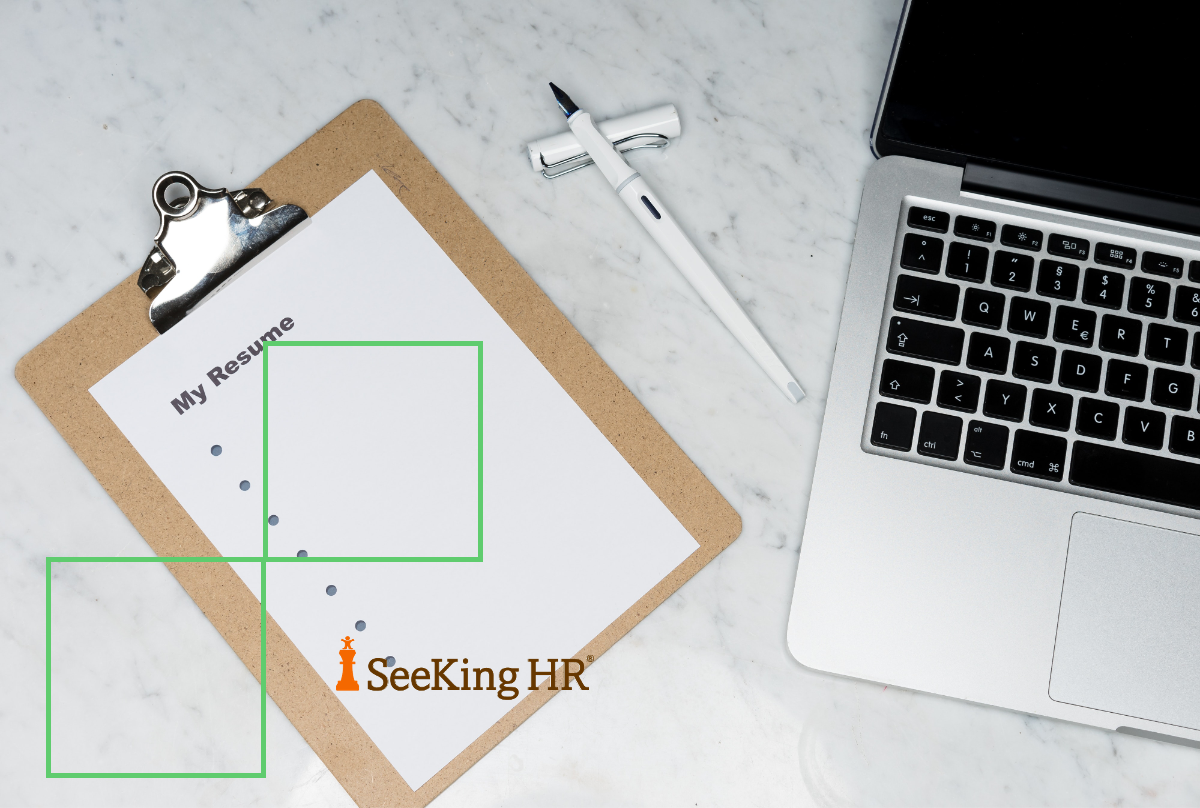The Seven Second Impression – Writing Resumes That Stand Out

So, everyone knows the first step in finding a job is building a resume, right? Whether you’re fresh out of school with little to no real previous employment experience or possibly taking the brave steps to go back into the workforce after taking a break from the daily grind, you gotta have a resume.
How do you go about making a resume that will stand out and get you noticed by the employer you’d like to attract? In this current environment, it seems everyone—employees and employers, have really taken a step back to look at the moving parts that it takes to create this symbiotic concept that is the employee-employer relationship. You have many talents and skills (even if you don’t know it yet) to offer an organization, now it’s time to boast about them!
In my opinion, there really isn’t a bad resume—wait, let me rephrase… there really isn’t a bad format to a resume… Well, that’s not really true either. I’m trying to find a delicate way to say that many of us (yes, I’ve fallen for the traps, too) don’t really know how to write a resume that advertises ourselves in the most efficient and concise way. That’s really what a resume is—an advertisement of all the skills and knowledge you’ve gained and have to share with a company you feel is worthy of your assets.
The problem we have is that we get bogged down with the way it looks, when really, the content is key. Trust me, as someone who looks at resumes ALL DAY LONG, I’m not looking at how pretty the background is, in fact, it’s kind of distracting. You must remember, not everyone has the same taste as you, so that selfie in the corner of your resume with spirals and stars in the borders, that’s not beneficial. Like I said, it’s distracting; we’re too busy looking at the shade of your lipstick instead of scanning your resume.
Did you catch what I said—scanning, not reading. Yeah, the average recruiter takes about 7 seconds to look at that bad boy; you have to make it count! Another dilemma we find ourselves in when we’re creating our resumes is too much information. Due to word count restraints (because I can seriously go on and on about this), I’ll just say this about how to avoid information overload: relevant information is vital; fluff is honestly unnecessary. We just want to know what you are doing, have done and can do for an employer. Like, honestly, that’s it.
Moving on…
When it comes to formatting, here’s where I think you have a little flexibility. Very little flexibility, but some, nonetheless.
- Type in a clean, easy-on-the-eyes font.
- Make sure your tenses are accurate. For example, if you are currently in the role, the tense should be present: “Manages daily cash drawer”.
- If you’re going to write in full sentences, make sure you utilize punctuation.
- Order of resume information... Which comes first: education, previous work history, skills, memberships/organizations?
- Actually, your brief professional summary should come first, but after that, I’m not sure it matters. Like I’ve said, seven seconds. I believe that putting what is relevant and makes you stand out should be at the top (but you know, after your BRIEF career objective).
Now that you have read this either finding it informative, or refuting every word (hopefully the former and not the latter), I wish you happy job hunting! I believe in you. You got this! Just remember— seven seconds.
Currently "SeeKing" employment? We hire for a number of industries and are always looking for great candidates. Take a look at our Careers page to review current openings, or to create a job profile!

